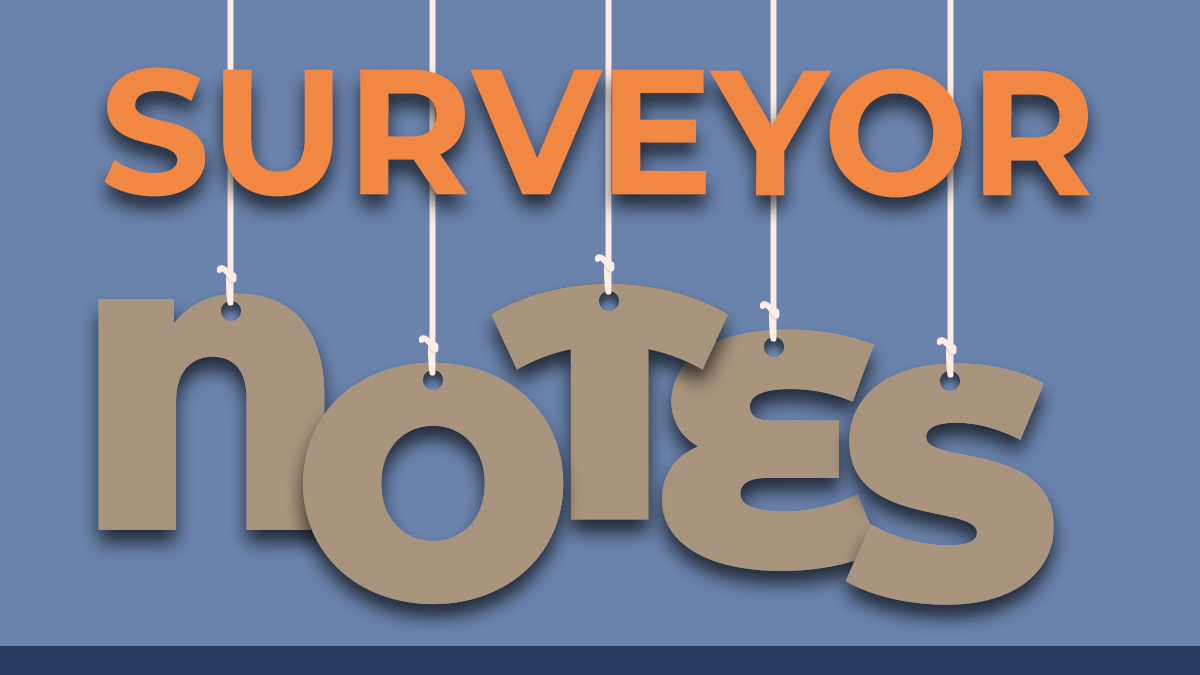
Surveyor Notes: The Importance of Goals and Outcomes
David W. Edwards, CPO, FAAOP, Senior Surveyor
ABC Facility Accreditation Standards PC.4 and PC.5 come directly from the DMEPOS Quality Standards, requiring that the clinician and the patient work together to establish specific goals and expected outcomes of the patient’s use of the prescribed device. Goals could be pain reduction, increased comfort, enhanced function and independence, joint stability, deformity prevention, increased range of motion, addressing cosmetic issues and/or promoting healing.
Gathering information about the patient’s goals is an important part of the initial clinical assessment. This helps encourage patients to take part in their treatment plan and allows the provider to determine the appropriate item and componentry necessary to meet the patient’s goals and needs. Equally as important is collecting data to support the achievability of a patient’s desired goals. They may have goals and expectations that are realistic such as walking the dog, gardening, playing golf and playing with the grandchildren. But running a marathon while never having run one before may not be as realistic. Discussing and documenting realistic, attainable goals, not just the clinical goal of the device or item, is an important part of the total care plan.
There are many ways of collecting this data. Beyond goals discussed at a patient’s initial intake, it’s likely that some goals may be identified on a follow up visit or a follow up phone call, perhaps even as a result of the patient satisfaction survey. A provider could even get better insight into expected outcomes by requesting a physician’s note after you have treated the patient. Goals also often change as a patient goes through their care journey.
So, what does this data help us do? Collecting data and discovering where there might be roadblocks to meeting goals, can help justify changes to componentry and the treatment plan. And when we review this data over time, we will (hopefully) have documented proof that our patients are meeting their goals a large percentage of the time. Which in turn validates the care and expertise your care team is providing and can even be used as a marketing tool to highlight recorded proof of high patient satisfaction. It also proves to the payor that your choice of item met the needs of the patient as expressed in the initial evaluation.
This is the foundation for establishing good outcomes for your patient. By documenting the patient specific goals and meeting those goals, we come full circle in supporting the need and justification of the items provided. Keep in mind that the patient may not be able to meet their goals or expected outcomes to the fullest extent due to health issues or illness. However, you still want to document the improvements they have been able to make.
Creating goals and outcomes with the patient is so much more than just documenting empty or lofty goals, it’s about genuinely assessing and modifying those goals to ensure the success of the devices you provide and the overall wellbeing of the patient.
Subscribe to ABC CredCast
 Listen on Apple Podcasts (opens in a new tab)
Listen on Apple Podcasts (opens in a new tab)
 Listen on Google Podcasts (opens in a new tab)
Listen on Google Podcasts (opens in a new tab)







